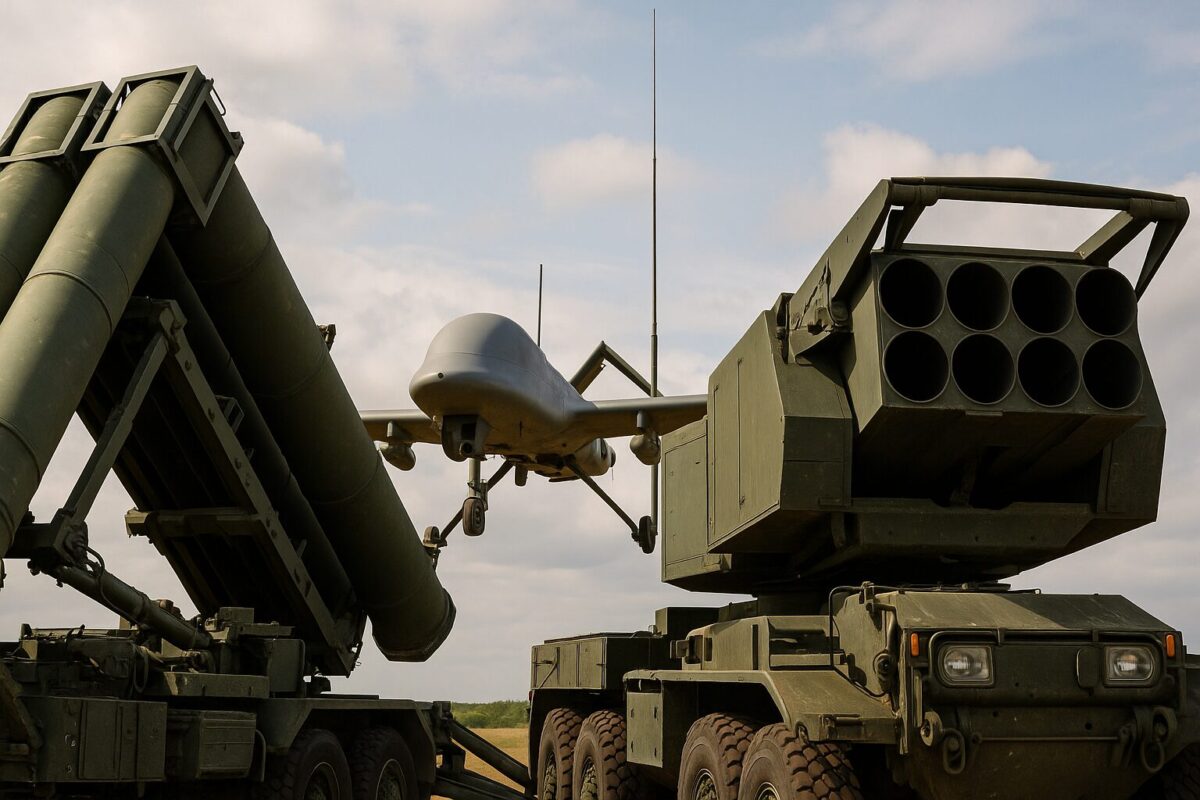
Ukraine Hands the US a Weapons List: What This Means for Future Relations
In June 2025, Ukraine handed over an official list of weapons it seeks to purchase from the United States — not receive as aid. President Volodymyr Zelensky confirmed this during a briefing with journalists following the G7 summit in Canada. This is more than a diplomatic gesture. It marks a shift: Ukraine is changing the way it engages with the U.S. on defense cooperation.
What happened?
During the G7 summit in Canada, Ukraine’s First Deputy Prime Minister and Economy Minister Yuliia Svyrydenko and Head of the Presidential Office Andriy Yermak met with U.S. Treasury Secretary Scott Bessent. According to President Zelensky, the Ukrainian delegation presented an official list of military equipment that Kyiv is ready to buy.
“We submitted a large weapons package. It’s a very significant amount. It includes Patriot systems. As I said, we’re ready to find the money for all of it,” Zelensky stated.
The issue will be one of the top agenda items in Zelensky’s upcoming talks with U.S. President Donald Trump.
What’s on the list?
The full contents of the request have not been disclosed, but Zelensky confirmed that Patriot missile defense systems are among the items — a critical tool for protecting cities against missile attacks. Based on earlier statements from Ukrainian officials, the package may also include:
- Long-range artillery;
- Electronic warfare systems;
- Strategic-level drones;
- Air defense radars;
- Ammunition and possibly production licenses.
Importantly, this is not a donation. This is a procurement proposal — a shift from aid-based logistics to commercial defense cooperation.
Why this matters
- From Aid to Partnership
Ukraine is moving beyond being a recipient of support — it seeks to become a paying client and strategic defense partner. - Faster Mechanisms
If approved, this model bypasses many bureaucratic hurdles in Congress, sanction laws, and political cycles. It’s about business, not charity. - High-Level Negotiations Required
Selling top-tier systems like Patriots requires executive-level approvals, and the final call will likely come from the Trump administration.
Zelensky’s talks with Trump: More than weapons
Zelensky made it clear that this arms deal is just one topic for discussion. He also plans to raise issues related to sanctions against Russia and the broader strategy for diplomatic pressure.
“We need more clarity and stronger global pressure on [Putin] — this is necessary for diplomacy. I want to discuss these formats directly with President Trump,” Zelensky said.
Revelant
The backdrop: How the U.S. has supported Ukraine so far
Since Russia’s full-scale invasion in February 2022, the United States has provided Ukraine with $66.9 billion in military aid. In March 2025, it was confirmed that Ukraine had already received 90% of the weapons promised by the previous U.S. administration.
The most recent assistance package — worth $500 million — was announced in January 2025, during Joe Biden’s presidency.
Current U.S. Secretary of Defense Pete Hegseth has stated that support for Ukraine continues despite his absence from the latest Ukraine Defense Contact Group (“Ramstein”) meeting. He rejected speculation that Washington is scaling back aid.
What’s next?
There is still no official response from the U.S. on Ukraine’s request. Several outcomes are possible:
- Full approval of the purchase package;
- Partial agreement (e.g., limited to air defense systems);
- Initiation of negotiations for joint production or local assembly.
Ukraine, in the meantime, is preparing for further consultations with the Pentagon and U.S. defense contractors.
Ukraine is no longer asking. It’s buying. And that changes everything.
This is not just about missiles. It’s about sovereignty in security planning. If the U.S. agrees, it will mark a turning point: Ukraine would no longer receive weapons solely because it’s at war. It would become a customer in the global arms market — and a formal partner to the United States.
That’s a sign of strategic maturity — and a new level of responsibility.














